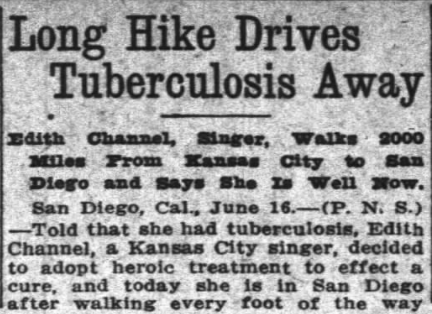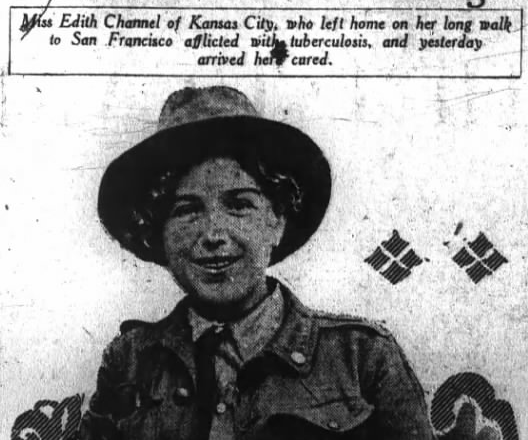
Uncle Leroy died in January 1972. I was 4 years old, and would not turn 5 till November that year.
That surprised me when I looked up his obituary. I have always remembered him so clearly, I forgot just how young I was. He was tall with narrow shoulders and he walked with the kind of hybrid cane and crutch that has handles and elbow braces. That’s him standing in the center of the photo above, which was published in the Nashville Banner in 1957.
Uncle Leroy had a form of muscular dystrophy or he wouldn’t be in the photo, which was made at the Brentwood Country Club, some kind of Christmas charity event for MD adults and kids.
Leroy Lane kept going for as long as he could. He had four kids like his younger sister, my mom. Like my mom, he had those kids with a strongly-built, temperamental redhead for a spouse, his wife Lois. As a result of that coincidence, his kids looked more like my siblings than cousins.
I remember I loved Uncle Leroy because he and my mom were a lot alike. A unique combination of sly wit and kindness. I was still more toddler than pre-K age but I was often compared to him. It was partly us all just looking like Lanes — any photo of my maternal grandfather reveals I inherited his facial bone structure, as did mom and Uncle Leroy.
The funny thing is, Leroy and I really had a lot in common. Far more than I knew at the time. Like music. Listen to the video below.
That’s Uncle Leroy singing in his big, plain voice. If you go listen to any number of lesser-known country singers from that time — the record was pressed in 1968 — well, well, well, well-well-well, he was just about as good as any of them.
Especially considering he had a disease that affected his upper body musculature and lung capacity.
I don’t know if taking a keen interest in my family’s stories long after many firsthand sources have “gone home to Jesus” (good old Southern Protestant phrase for being dead) is a byproduct of my own aging or what. I mean, I’m sure it is to some degree, but I wouldn’t have some of these clear memories had I not always had some interest in family.
Because all families are full of stories that could inform you about yourself and your own choices.
It doesn’t help that I’ve finally read Tolstoy, who was masterful at writing about the real inner lives of people tied together by blood and marriage, and my wife and I are also into genealogy, though she is by far the expert on that subject. If anyone thinks I’m a gifted researcher, they just haven’t met her yet.
For years I felt my interest in my own family stories was self-centered, or solipsistic. And perhaps it is. I knew for a fact, too, that it was at odds with the way I relate to my family. I’m the only one who ever moved over 1,000 miles away to live, thoroughly establishing myself in another part of the country. I’m certainly the only one who has done the kinds of jobs I’ve had, especially writing and editing. I’m from a long line of men who worked with their hands, dropping out of school in 8th grade, 11th grade, getting whatever higher education they needed from the military or on the job.
Majoring in voice and focusing on classical music, I did for a time feel sheepish about my white trash background. But with age, I’ve turned around and in a way, it has become a source of pride.
I’ve also thought about how my family was full of talkers and storytellers. I inherited that impulse and channeled it into writing. No matter how loquacious I might seem, I’m outwardly kind of quiet compared to people like my late paternal grandmother, late sister, or my dad.
So, with Leroy above and with the preceding post, which was the first installment in what will be a longer (somewhat fictionalized) story about Dad’s maternal relatives, I’ve begun to tell family stories. I am, in part, doing it for myself. I’m doing it to answer questions I have been asking in some form since I could speak. Also, because the story I began in the preceding post is so in line with how I launched my writing career — with true crime — I’m trying to trace patterns through generations to try and understand how they produced me, and what in me is an echo of those people and the lives they led.
Like Uncle Leroy, a good man with ambitions who overcame some mighty challenges for as long as he could.
Sometimes, you can still find 45s of Leroy’s songs on eBay. So it cheers me up when I think about them and know he left a little legacy.
I might even sing a duet with him one day, if I can ever figure out the software.























You must be logged in to post a comment.